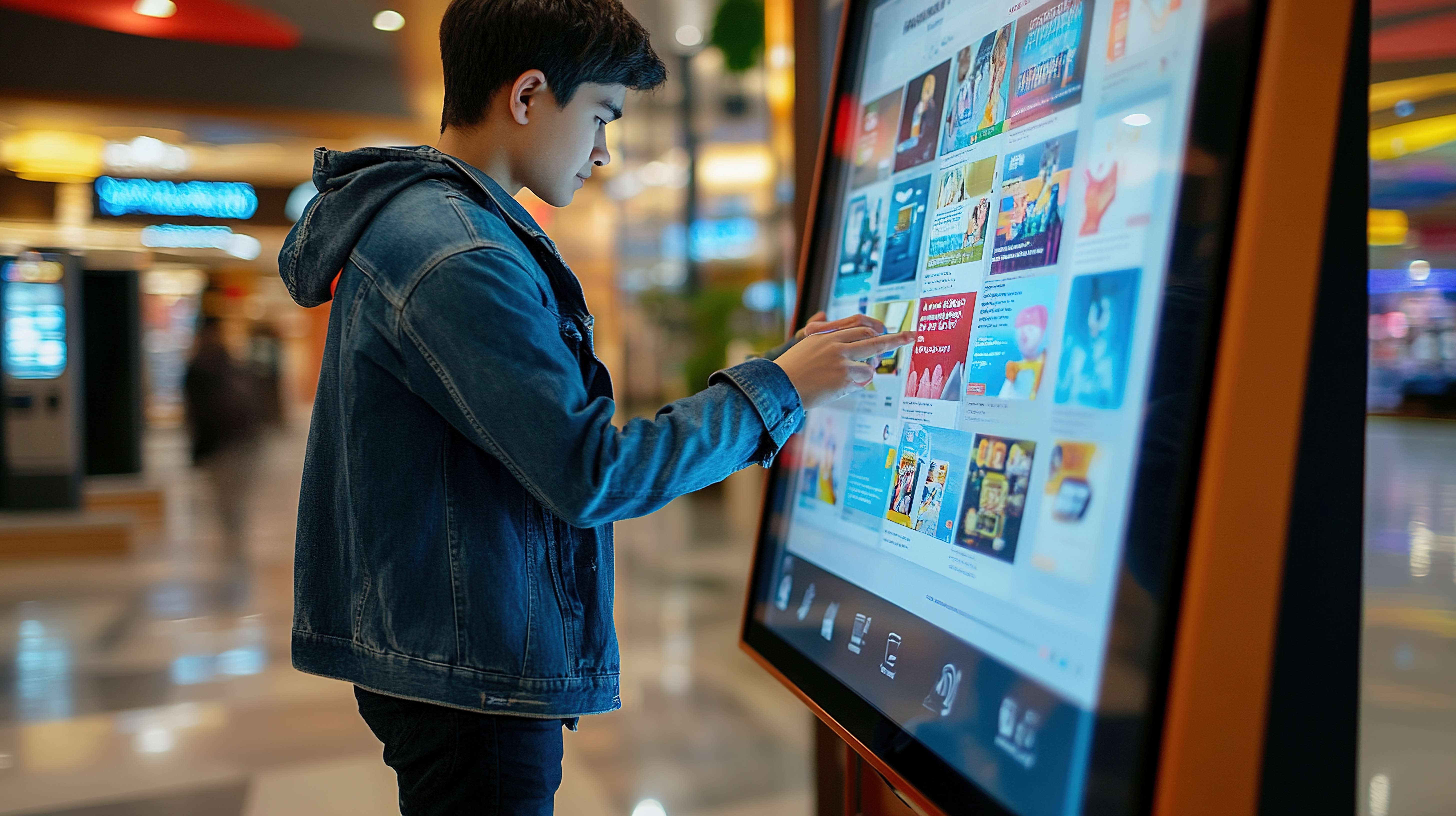In today’s marketing landscape, digital technologies are playing a crucial role in driving sales and customer engagement. Digital out-of-home (DOOH) advertising is an innovative method that uses digital technology to deliver targeted ads in urban areas.
DOOH (Digital Out-of-Home) advertising is a modern and dynamic form of marketing that offers immense opportunities to businesses. It involves using digital screens in public spaces to deliver targeted and engaging ad content.
It is the evolution of traditional out-of-home advertising that includes urban billboard advertising, posters, and other non-digital advertising methods. DOOH is transforming urban marketing by providing new, attractive, and creative methods to advertise.
Digital Out-of-Home (DOOH) advertising offers a wealth of benefits for urban marketing, making it an increasingly popular and effective marketing channel for brands. The following points list the benefits of DOOH that are transforming urban marketing:
Dynamic and Real-Time Content
- Update Instantly: Digital screens run dynamic content that can be changed in real-time, remotely. It means it’s possible to update ads with conditions like weather, time of day, current events, or even live sports scores.
- Relevant Ads: It allows running contextually relevant ads tailored to the specific environment and audience present at a given moment. Consequently, it increases the relevance and impact of the ads.
- Multiple Messages: Companies can play multiple ads on a single screen in rotation that maximizes the value of the display space.
Better Visual Appeal and Engagement
- Greater Impact: Vibrant, high-definition screens with animations and video have a higher impact than static billboards; they naturally grab attention. They feel more attractive and are not interrupted by ad blockers.
- Storytelling Capability: Digital Out-of-Home advertising enables businesses to show complete stories by displaying sequential messages or videos. This builds a whole narrative for consumers rather than just presenting a single image.
- Interactivity: Integration of interactive elements such as QR codes, NFC, touchscreens, and even augmented reality (AR) adds another level of experience to advertising that enables customers to directly engage with the brand, leading to an immediate call to action.
- Reduced Ad Fatigue: DOOH marketing is less intrusive and more engaging than traditional static urban billboard advertising or online ads because of dynamic content that refreshes frequently.
Precise Targeting and Display Efficiency
- Data-backed Targeting: DOOH marketing leverages data-driven insights to understand audience movement and preferences, allowing for more targeted advertising based on the audience’s behavior and preferences.
- Booking Ad Slots: The buying and selling of ad spaces is easy and automated, which makes ad planning more flexible, convenient, and efficient.
- Hyper-Local Targeting: It is possible to show targeted ads right to a specific screen or a very localized area. So, it is suitable for businesses with a physical location.
Branding and Extensive Reach
- Broader Audience Reach: DOOH ads are usually placed in busy urban areas such as city centers, malls, transportation hubs, and public squares. It ensures a wide reach to different audiences like commuters, tourists, and residents.
- Unskippable Presence: While online ads can be ignored or easily skipped, DOOH ads become a part of an urban landscape that is difficult to skip.
- Brand Awareness and Recall: DOOH offers consistent visibility of ads in public spaces, which improves brand awareness and recall. In fact, many studies show higher recall rates in the case of DOOH compared to traditional OOH.
- Trust and Authority: DOOH also helps build trust and authority, as large displays can convey messages more clearly.
Immediate Call to Action
- Prompt Action: DOOH connects the physical and digital worlds with options like scanning a QR code, visiting a site, downloading, etc. It encourages consumers to take immediate action.
- Amplify Marketing Efforts: It can complement and amplify your marketing efforts across different channels like TV, social media, and online ads by offering a consistent visual touchpoint.
- Attract Customers: When DOOH ads are placed strategically, like near points of sale, they can immediately influence purchase decisions, driving shop visits by customers.
Optimization and Measurability
- Enhanced Analytics: Although it’s not as granular as online ads, Digital Out-of-Home is increasingly offering advanced measurement capabilities such as impression counts, footfall attribution, brand lift studies, etc.
- Real-Time Optimization: It is easy to monitor and optimize advertising campaigns in real-time based on performance data. So, businesses can make data-driven decisions to maximize ROI.
Flexibility and Sustainability
- Waste Reduction: DOOH advertising is also instrumental in maintaining a green footprint as it eliminates the need for printing, shipping, and disposing of physical banners and posters. So, it is a more environmentally-friendly marketing approach.
- Long-Term Cost-Effectiveness: Although the initial costs are high, they reduce over time due to the flexibility in changing content for ads and programmable buying options.
To Wrap Up
Digital Out-of-Home (DOOH) advertising is an innovative and impactful way for modern marketers to increase sales, customer engagement, and brand awareness. It empowers urban marketers to deliver targeted and engaging messages that will arouse interest in their brands instead of annoying them.
This marketing strategy enables them to transform public spaces into dynamic communication channels. They can leverage it to deliver the right message at the right place to the right audience, resulting in more traction and increased sales.








